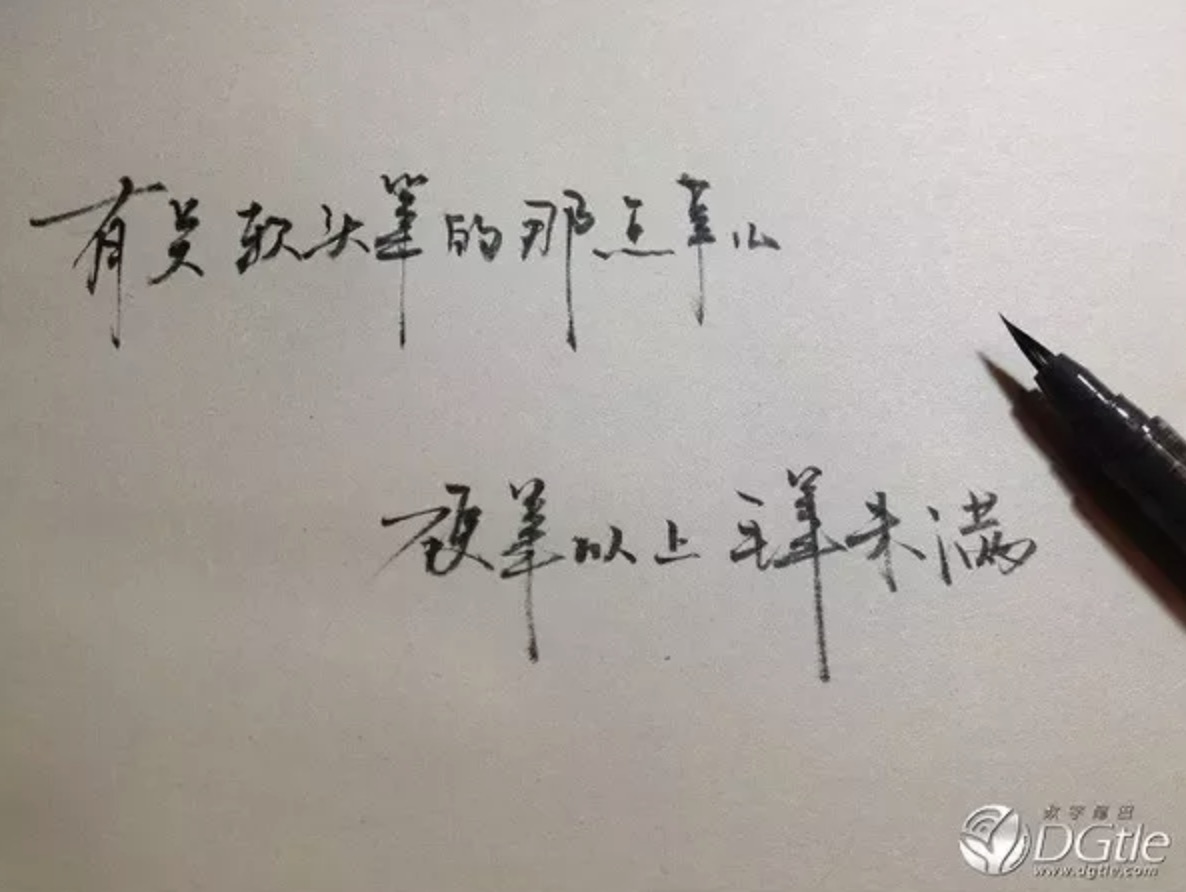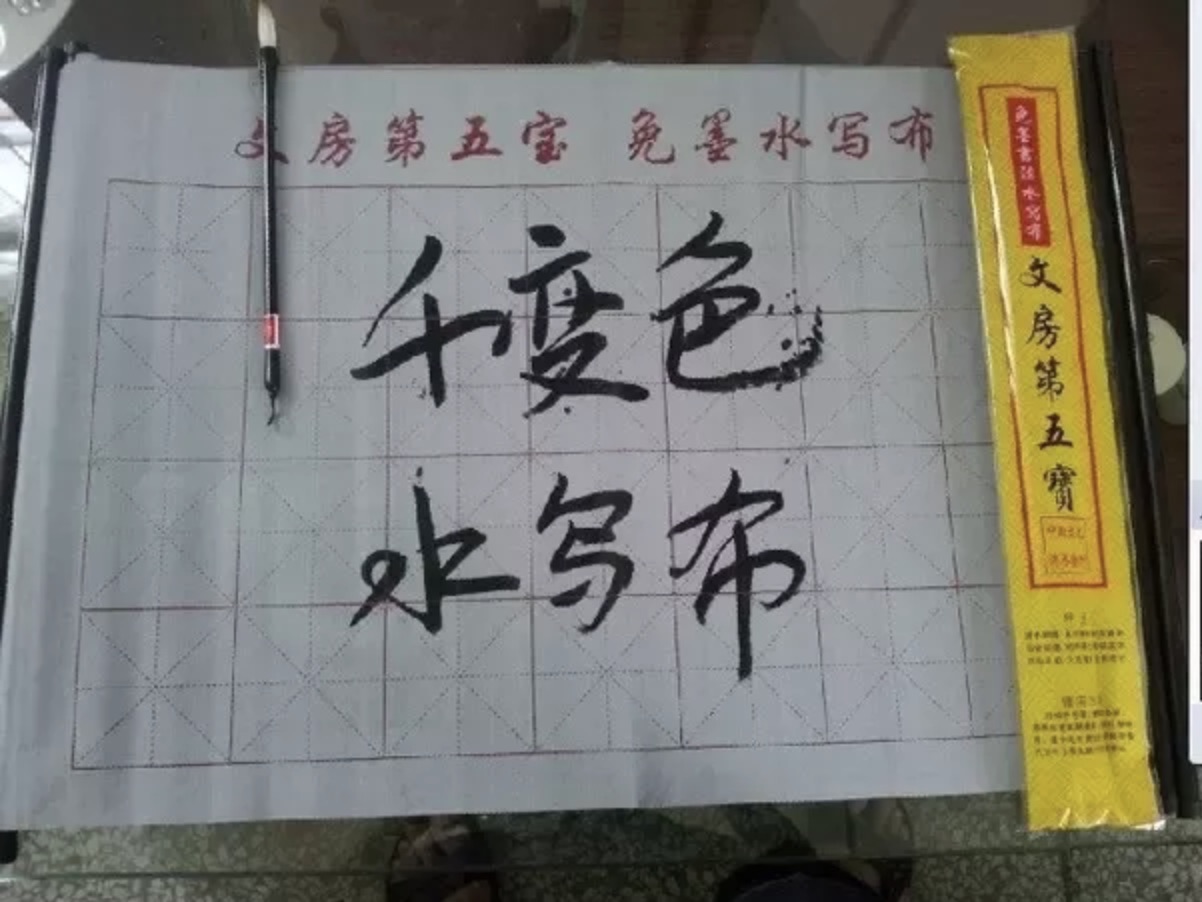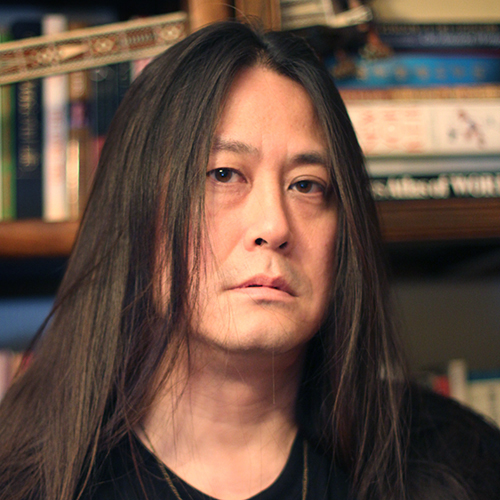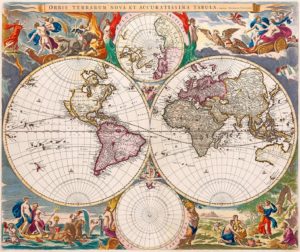How to write better-looking Chinese characters
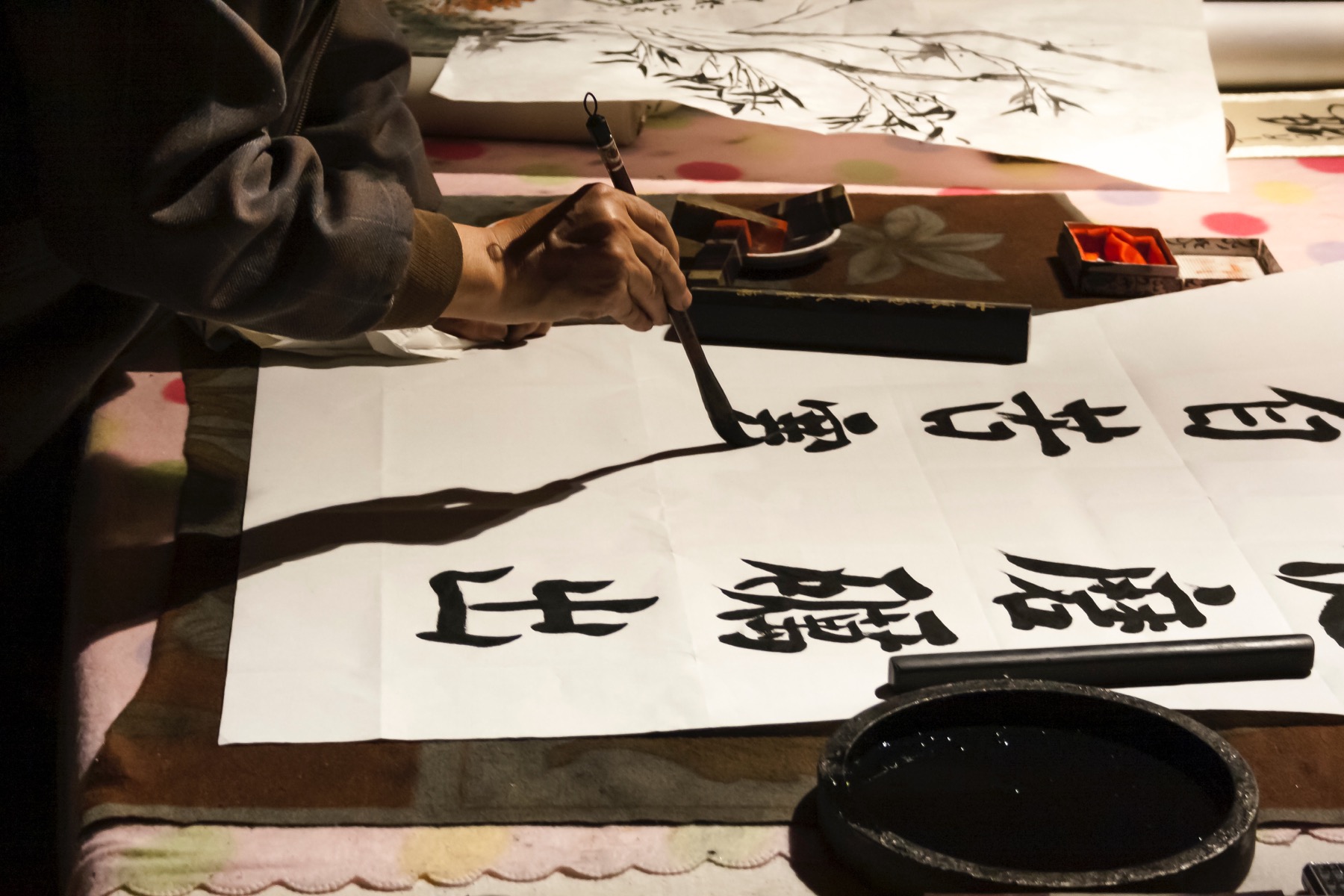
This week’s column comes from one of Kaiser’s answers originally posted to Quora on May 8, 2015:
How can I write better, calligraphy-like Hanzi?
One tip I would suggest is use a soft lead pencil (2B lead) when you practice, or use a quality fountain pen. Much of the beauty in calligraphy when writing Chinese characters is in the tapering and broadening of strokes, and this can’t be achieved with a ballpoint pen or most ink gel pens. Soft lead, though, does allow this, as will a fountain pen with a good nib. As with a brush-pen (毛笔 máobǐ) the width is just about pressure. When I was learning to write I was obsessed with trying to develop a nice hand and used a Waterman fountain pen for most of my practicing. (I never really did develop a nice hand, alas: Once I started using a computer to write Chinese my ability to write declined precipitously, and I’m sorely embarrassed now when called upon to write at all.)
There’s another kind of pen you should try to get called a 软头笔 ruǎntóubǐ. It’s basically a calligraphy brush but in pen form, and it produces gorgeous writing when yielded correctly without the muss and fuss of deploying the Four Treasures of the Studio.
But none of this is achievable unless you learn some of the basics of Chinese calligraphy first. Stroke order is of paramount importance. I would buy (or download online) calligraphy manuals and start with basic scripts like 楷书 (kǎishū — regular script). In Chinese stationery shops and bookstores, they sell these very cool calligraphy practice pads that allow you to use water instead of ink with a maobi (calligraphy brush) and provide templates for learning strokes and practicing characters. The writing disappears after 30 seconds or so and you can re-use it infinitely. Make sure you’re using a clean maobi though: A little ink, even just a little, will ruin it. Look up 万次水写布 (wàn cì shuǐ xiě bù) and you can find them. They’re certainly for sale on Taobao. Here’s an example of one:
Start simple, and go for very vanilla fonts before you get fancy. Learning kaishu will teach you most of what you need to learn, and you’ll find it translates well from maobi or ruantoubi to pencil or fountain pen.
Also see:
Kuora is a weekly column. Top image: Marco Zuppone on Unsplash
